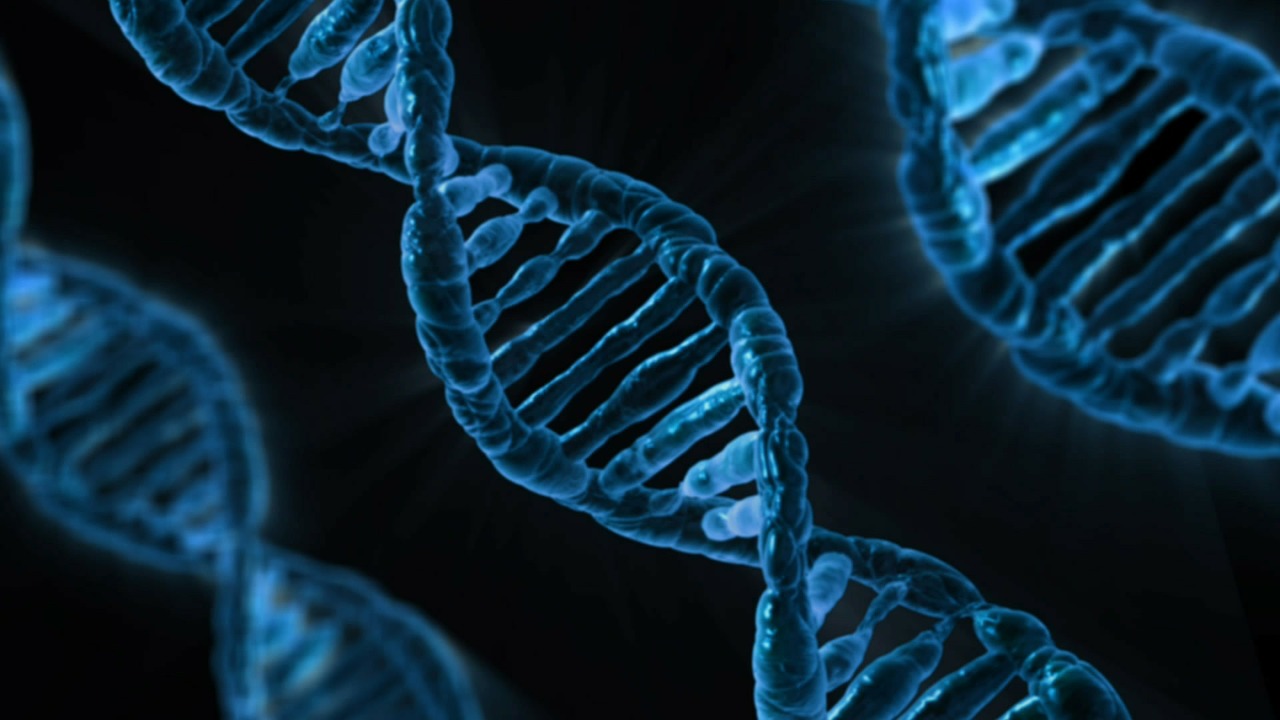
After multiple questions over the existence of irisin, the exercise-induced hormone, scientists offered concrete evidence on August 13th in Cell Metabolism.
Questions arose from testing techniques and hormone production, inquiring whether or not the hormone is actually produced, by what mechanism, and how it was being measured. Senior study author Bruce Spiegelman of Dana-Farber Cancer Institute and Harvard Medical School along with co-auther Steven Gygi turned to quantitative mass spectrometry to explain their discovery. Irisin production was found to use a rare signal ATA (start codon) instead of the more common ATG. This difference led some to believe that gene was a "pseudogene" - a gene without a function. However, different start codons account for only a handful of all genes and are usually indicative of complex regulation.
Human irisin was found to be extremely similar to the mouse hormone, and produced at levels comparable to insulin. Researchers had to develop a special protocol to detect and measure rising irisin, one that does not rely on antibiotics.
This concrete explanation for irisin's detection issues and use of rare signaling codons is crucial in the quest to understanding the human body and the myriad of hormones and molecules surrounding health and exercise. Although there are still many unanswered questions in regards to irisin and it's function in the body, we are now one step further along in our understanding of human physiology.
Read the full article here.








